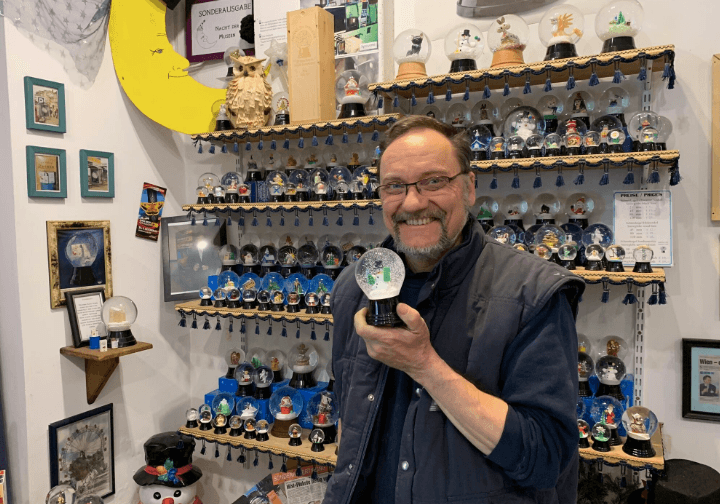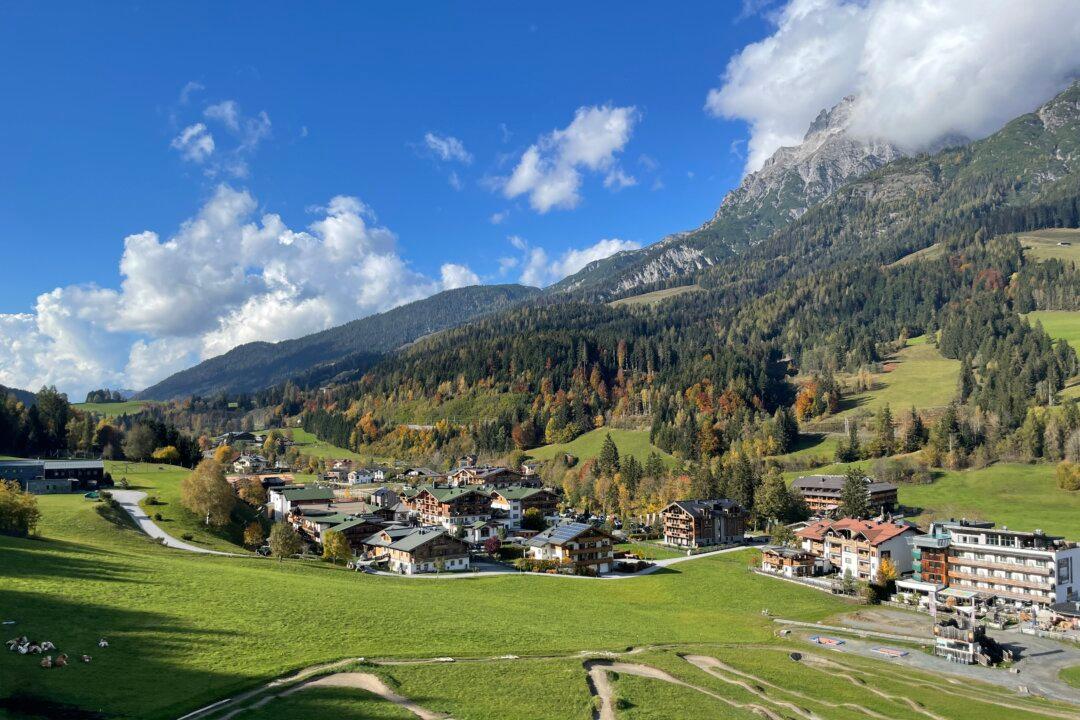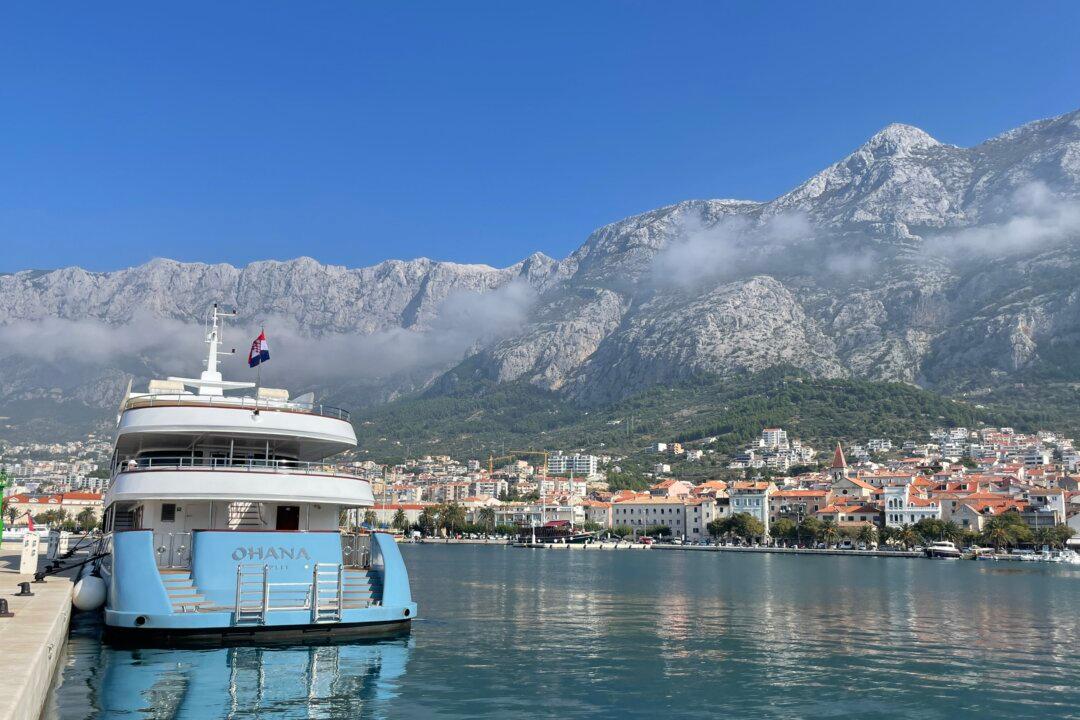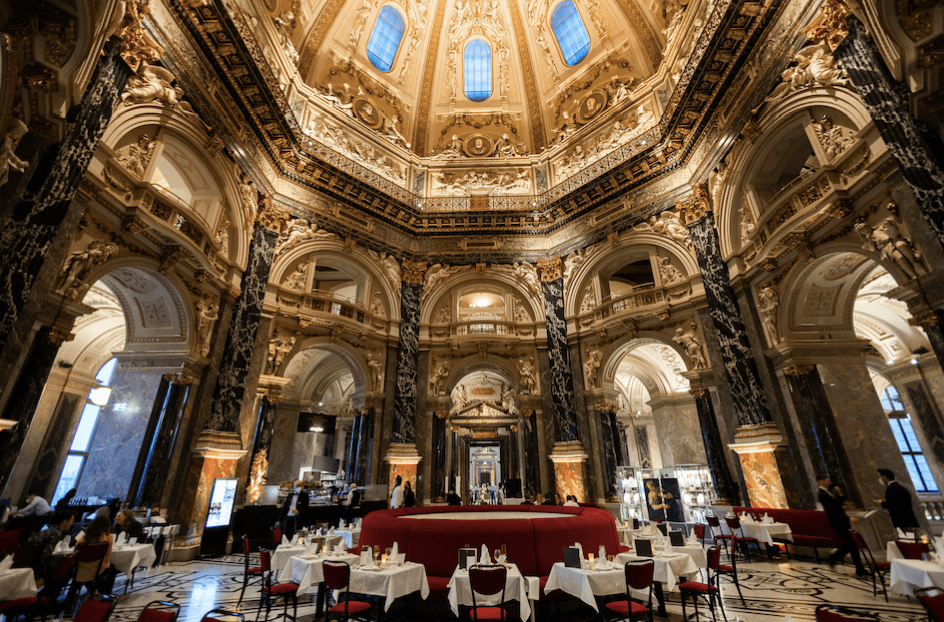When he talks about his work, the smile on Erwin Perzy III’s face grows wide. It’s obvious that he’s passionate about what he does. After all, this work has been part of his family since 1900.
That’s when Perzy’s grandfather, Erwin Perzy I, accidentally created the snow globe in Vienna.





